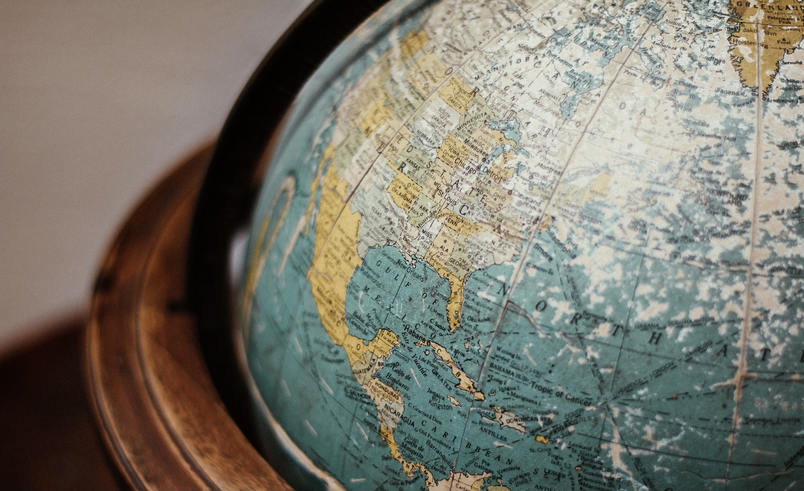Introduction to Money Mover Country Reports
Posted on the 6th June 2014 by Rosemary Fallows in Country Reports, News

We’ve decided to put together a series of country reports which will feed into our risk analysis. This is a bit more in depth than deciding where to go on holiday! We will take a look at each country’s political situation, the type of businesses run there and the risk of corruption, amongst other things.
In the age of the internet, we are lucky to have access to a number of excellent resources to aid our research, and we will provide references for the sources of our information where required.
As this is an introduction, we will provide the headers that we are going to use plus a little more information about how we gather this data. We hope that you will find this information useful, or at least interesting.
Country and Currency
This is self-explanatory.
Political Situation
We will take a look at the political set up of each country. Is the government legitimate and stable? We will consider the impact of any civil unrest or international conflict.
It has been possible, in some higher risk countries, to permit trades involving government entities but not publicly-owned corporates. The reverse can also be true, where government entities have to be avoided due to the high chances of corruption.
Trade and Industry
What is the country’s source of wealth? Some industries present a greater inherent risk than others, for example diamonds, where we need to ensure that the source of wealth isn’t conflict diamonds.
AML & CTF
These widely-used acronyms stand for “anti-money laundering” and “countering terrorist financing”.
How does the legislation look? An excellent publicly-available resource is the FATF (Financial Action Task Force) website which can be found here. FATF works to standardise AML legislation and provides a set of Recommendations to assist with this. This body also monitors countries’ progress in bringing their legislation up-to-scratch and meeting these recommendations, and provides a list of high-risk and non-cooperative jurisdictions.
Does the country’s FIU (Financial Intelligence Unit) have enough resource to tackle anti-money laundering concerns effectively? Or have they enacted the legislation without providing sufficient resources for enforcement? We look to the Egmont Group, website here, to help us to assess the adequacy of a country’s FIU.
Corruption
Take a look at Transparency International’s Corruption Perceptions Index. They provide a relative ranking of countries from a corruption perspective. You can also see how they have determined their score by examining the surveys they have used for a particular country.
They have ranked 177 countries and territories in 2013 – how does your country fare?
Other articles you might be interested in
- The challenge of proving your address
- The world of FinTech; a layman’s review
- Legacy Systems and Legacy Thinking: Fintech and the reinvention of financial services